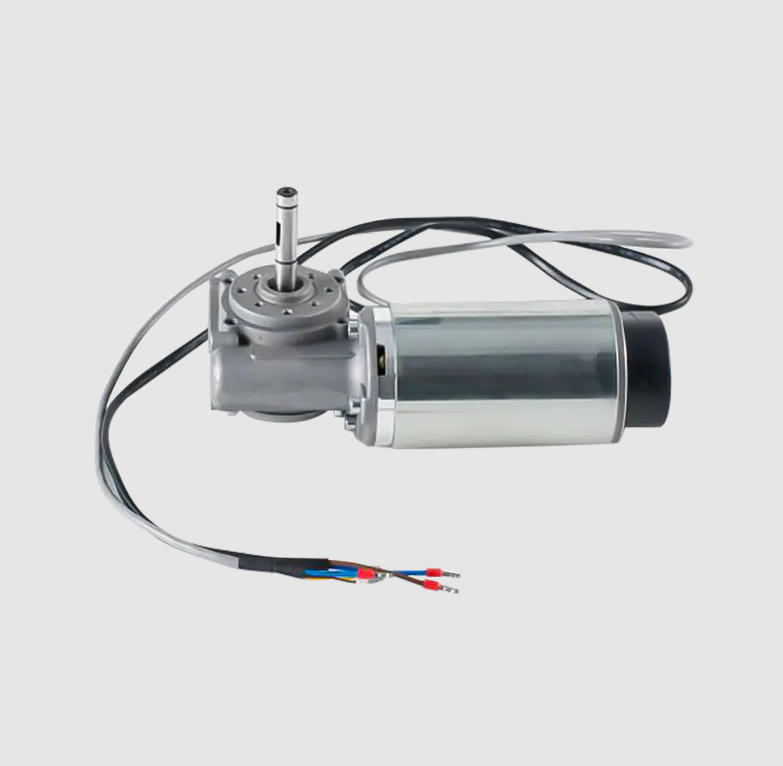The Automatic Door Motor is an essential component that powers the movement of automatic doors widely used in commercial buildings, hospitals, airports, and other public facilities. Understanding the main driving principle of this motor is crucial for appreciating how it achieves smooth, reliable, and safe door operation. At its core, the automatic door motor transforms electrical energy into mechanical motion, enabling doors to open and close automatically without manual effort. The technology behind this process is a combination of electric motor principles, drive mechanisms, and control systems working harmoniously.
The fundamental driving principle of the Automatic Door Motor is based on the operation of an electric motor, usually a DC or AC motor, depending on the application. An electric motor operates by converting electrical energy into rotational mechanical energy through electromagnetic forces. When an electric current passes through the motor’s windings, it creates a magnetic field that interacts with the permanent magnets or electromagnets inside the motor. This interaction generates torque, causing the motor shaft to rotate. The rotational movement of the motor shaft is then harnessed to drive the door’s opening and closing motion.
In many automatic door systems, the motor is connected to the door via a mechanical transmission system such as gears, belts, or chains. This transmission serves two important functions: it translates the motor’s rotational motion into linear motion (or the required motion for the door type), and it also controls the speed and torque output. The use of gearboxes, for example, allows the motor to operate at its optimal speed while providing sufficient torque to move heavy door panels smoothly and safely. This mechanical advantage is key to ensuring that the door motor can handle doors of various weights and sizes without strain.
Another significant aspect of the automatic door motor’s driving principle involves precise control of the motor’s speed and direction. Modern systems employ electronic control units that manage the motor’s operation by adjusting the current and voltage supplied to it. This allows the door to accelerate smoothly from a stationary position, move at a controlled speed, and decelerate gently to a stop. Such controlled motion is vital for user safety, preventing abrupt starts or stops that could cause injury or damage.
Furthermore, many Automatic Door Motors incorporate feedback mechanisms such as encoders or sensors that continuously monitor the motor’s position and speed. These sensors provide real-time data to the control unit, enabling adjustments to the motor’s operation for accurate and repeatable door positioning. This feedback loop ensures that the door opens fully and closes securely every time, adapting to varying conditions like door resistance or external forces such as wind.
Safety features are also integrated into the motor’s driving system. Sensors can detect obstacles in the door’s path and signal the control unit to stop or reverse the motor, preventing accidents. This responsiveness is made possible through the motor’s ability to rapidly change direction and speed based on electronic commands, highlighting the sophistication of the driving principle behind the automatic door motor.
In summary, the main driving principle of the Automatic Door Motor relies on the conversion of electrical energy into controlled mechanical motion through electromagnetic forces within an electric motor. This motion is transmitted through mechanical components to move the door efficiently. Sophisticated electronic controls and feedback sensors further refine the motor’s operation to ensure smooth, safe, and reliable automatic door function. Understanding this principle provides insight into the complexity and precision engineering involved in automatic door systems, making them indispensable in modern architecture and public spaces.
Rated Voltage: 24V DC
Rated Power: 100W
Rated Speed: 200 rpm
No-load Speed: 220 rpm
Reduction Ratio: 15:1
Protection Level: IP44
Motor Noise: ≦60dB
